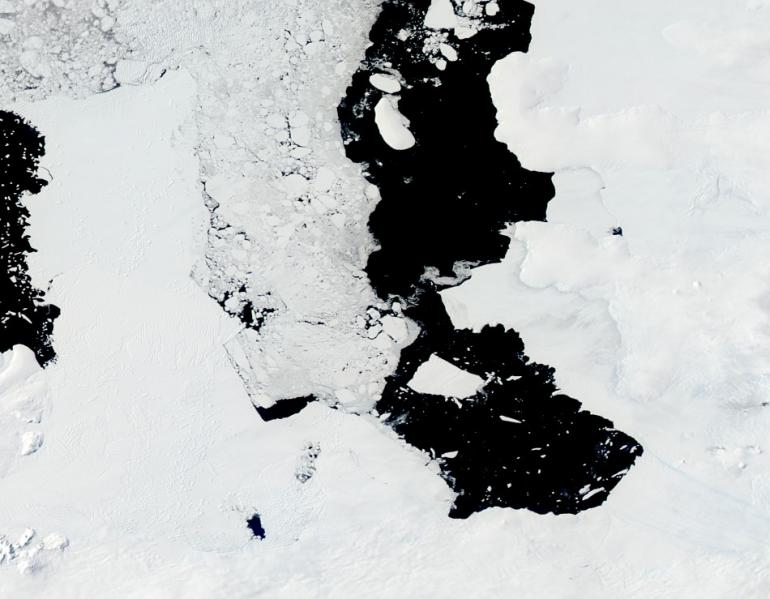-
Tips for becoming a good boxer - November 6, 2020
-
7 expert tips for making your hens night a memorable one - November 6, 2020
-
5 reasons to host your Christmas party on a cruise boat - November 6, 2020
-
What to do when you’re charged with a crime - November 6, 2020
-
Should you get one or multiple dogs? Here’s all you need to know - November 3, 2020
-
A Guide: How to Build Your Very Own Magic Mirror - February 14, 2019
-
Our Top Inspirational Baseball Stars - November 24, 2018
-
Five Tech Tools That Will Help You Turn Your Blog into a Business - November 24, 2018
-
How to Indulge on Vacation without Expanding Your Waist - November 9, 2018
-
5 Strategies for Businesses to Appeal to Today’s Increasingly Mobile-Crazed Customers - November 9, 2018
Extremely low mass neutrinos spotted by observatory beneath Antarctic Ice
The telescope itself did not actually detect the neutrinos, rather, It detected secondary particles – called muons.
Advertisement
Researchers associated with the finding said the discovery of these cosmic neutrinos not only confirms their existence, but also shed light on the origins of cosmic rays.
Over two years, between May 2010 and May 2012, the observatory logged more than 35,000 neutrinos, with 20 of those showing high enough energies to suggest they came from cosmic sources. [Wacky Physics: The Coolest Little Particles in Nature]. This research is to confirm that these powerful particles do not originate from our galaxy and instead are from the outer-reaches of the universe.
The IceCube Neutrino Observatory is made up of 86 shafts dug 8,000 feet into the ice near the South Pole.
The evidence is important because it heralds a new form of astronomy using neutrinos, the almost massless high-energy particles generated in nature’s accelerators: black holes, massive exploding stars and the energetic cores of galaxies.
“It is not quite CMS and ATLAS, but this is as close to an independent confirmation as one can get with a single instrument”.
If these high-energy neutrinos are created deep within the bowels of the cosmos’ most violent and active phenomena, and are excited to energy levels surpassing even our own record-holding Large Hadron Collider by a factor exceeding one million, the information such particles may hold would be absolutely indispensable to scientists. The researchers have not yet been able to pinpoint the sources of the neutrinos.
A representation of one of the 21 highest-energy neutrinos detected in the survey on October 28, 2010.
Vladimir Papitashvili, an astrophysics and geospace sciences program director of the National Science Foundation’s Division of Polar Programs said, “This is an excellent confirmation of IceCube’s recent discoveries, opening the doors to a new era in particle physics”. Due to extraordinary qualities of the Antarctic ice and and NSF’s ability to successfully tackle enormous scientific and logistical problems in the Antarctic region. These particles are embedded with codes from far away galaxies and could possibly help provide answers to many universal questions that had baffled the scientists. It is where cosmic rays are accelerated, so you would expect to see more sources there.
Those 20 neutrinos, called muon neutrinos, came from the opposite direction, but at approximately the same rate, as similar neutrinos observed in earlier runs.
Advertisement
The research is conducted in IceCube Neutrino Observatory, located at Amundsen-Scott South Pole Station in Antarctica. The University of Wisconsin, Madison is the lead institution, and the global collaboration includes 300 physicists and engineers from the U.S., Germany, Sweden, Belgium, Switzerland, Japan, Canada, New Zealand, Australia, U.K., Korea and Denmark.




























